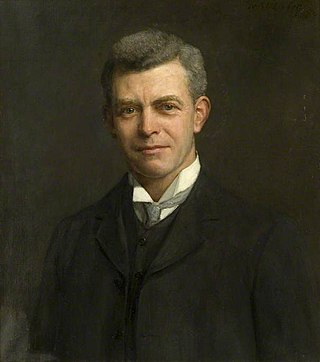| |||
|---|---|---|---|
| Buildings and structures +... |

| |||
|---|---|---|---|
| Buildings and structures +... |

This is a timeline of architecture, indexing the individual year in architecture pages. Notable events in architecture and related disciplines including structural engineering, landscape architecture, and city planning. One significant architectural achievement is listed for each year.
The year 1902 in architecture involved some significant events.
The year 1885 in architecture involved some significant architectural events and new buildings.
The year 1887 in architecture involved some significant architectural events and new buildings.
The year 1764 in architecture involved some significant events.
The year 1858 in architecture involved some significant events.

James Gibbs was a Scottish architect. Born in Aberdeen, he trained as an architect in Rome, and practised mainly in England. He is an important figure whose work spanned the transition between English Baroque architecture and Georgian architecture heavily influenced by Andrea Palladio. Among his most important works are St Martin-in-the-Fields, the cylindrical, domed Radcliffe Camera at Oxford University, and the Senate House at Cambridge University.
The year 1794 in architecture involved some significant architectural events and new buildings.
The year 1827 in architecture involved some significant architectural events and new buildings.
The year 1882 in architecture involved some significant architectural events and new buildings.
The year 1770 in architecture involved some significant events.

Sir Charles Archibald Nicholson, 2nd Baronet, was an English architect and designer who specialised in ecclesiastical buildings and war memorials. He carried out the refurbishments of several cathedrals, the design and build of over a dozen new churches, and the restoration of many existing, medieval parish churches.
The year 1716 in architecture involved some significant architectural events and new buildings.
Stiff Leadbetter was a British architect and builder, one of the most successful architect–builders of the 1750s and 1760s, working for many leading aristocratic families.

The Rockingham Mausoleum, Wentworth, near Rotherham, South Yorkshire, England is a cenotaph commemorating Charles Watson-Wentworth, 2nd Marquess of Rockingham, who was Prime Minister at the time of his death in 1782. The name by which the memorial is now known is in fact a misnomer, since Charles Watson-Wentworth is buried in York Minster. Eighteenth and nineteenth century sources refer to the edifice simply as "the Monument".